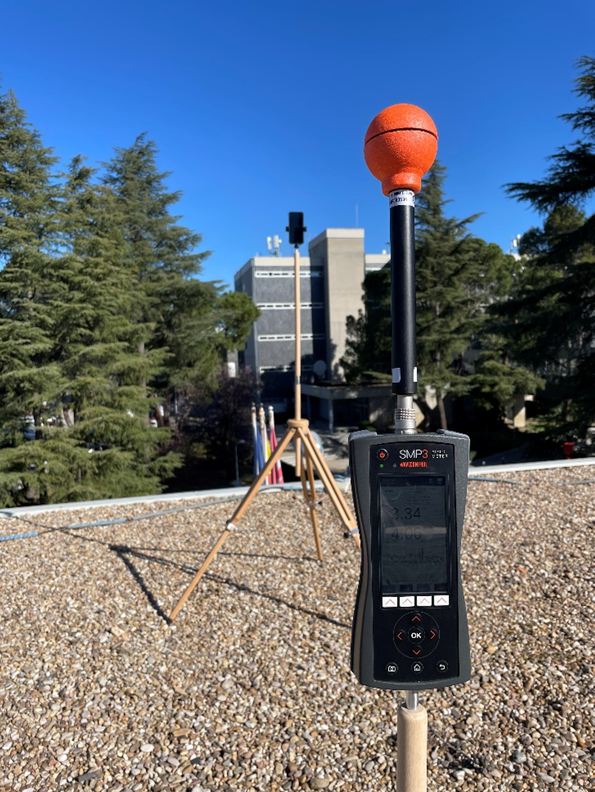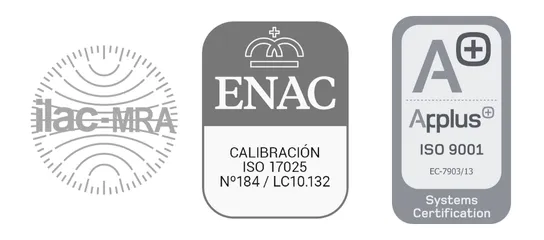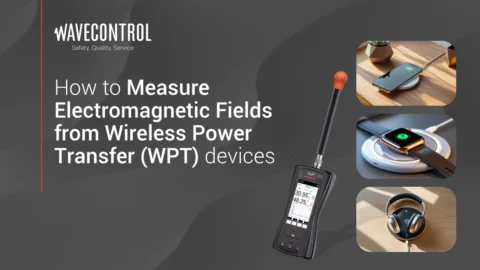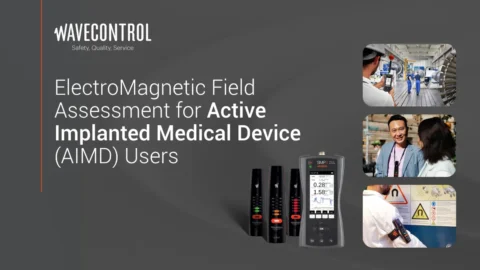Wavecontrol Case Study Featured in Newly Released ITU-T K Supplement 32 on 5G EMF Assessments

The International Telecommunication Union (ITU) has released an updated version of Supplement 32 to the ITU-T K-series Recommendations, a reference document that compiles real-world case studies, provided by ITU-T members, on radio frequency-electromagnetic field (RF-EMF) exposure. The new edition of ITU-T K. Suppl. 32 (06/2024) further supports ITU-T’s objective of promoting standardized, transparent, and practical methods for RF-EMF exposure assessment, particularly as global 5G deployments continue to expand.
The supplement is intended to support EMF compliance assessments of base stations through typical testing scenarios and methodologies. It also offers guidance for implementing Supplement 16 to the ITU-T K-series Recommendations and IEC 62232.
Among the new contributions is Case Study 13, submitted by Wavecontrol, titled “Case study on in-situ RF-EMF exposure assessment of a 5G mMIMO macro BS using the broadband method.”
Summary of the Wavecontrol Case Study
Wavecontrol’s case study investigates the in-situ RF-EMF exposure levels near a 5G massive MIMO (mMIMO) macro base station using a broadband measurement approach. Conducted in line with [ITU-T K.100] and [IEC 62232], the study specifically applies the in-situ BS load emulation method, where traffic is generated using commercial mobile terminals to simulate real usage conditions. This approach avoids reliance on network operator data or post-processing calculations, allowing for a faster and more practical assessment.
Three network utilization scenarios were tested:
- Low load – base station operating without active traffic.
- Medium load – typical usage such as video streaming.
- High load – intensive traffic generated by applications like iPerf.
The study compares three common testing approaches from IEC 62232: “as observed” measurements, load emulation using mobile terminals, and maximum power extrapolation. Wavecontrol’s implementation of the load emulation method allowed for realistic, repeatable measurements without the need for base station configuration data or post-processing calculations.
The equipment used included the Wavecontrol SMP3 field meter paired with a WPF18 broadband isotropic E-field probe, a mobile device, and, in the high-load scenario, a performance testing tool and server. The approach demonstrated efficiency, simplicity, and adaptability for real-world RF-EMF exposure assessments under varying load conditions. Importantly, it offers a practical solution for third-party evaluators conducting measurements without operator cooperation.
The study highlights how the broadband method, combined with load emulation, can serve as a cost-effective, simple, fast, and standards-based solution for RF-EMF compliance evaluations in evolving 5G environments.
Wavecontrol’s contribution to ITU-T K Suppl. 32 reinforces the importance of practical, standards-based methodologies for assessing RF-EMF exposure in real-world 5G deployments. By showcasing a repeatable, operator-independent approach, this case study sets a valuable benchmark for future evaluations.
Download the full Supplement 32 to learn more about leading practices in RF-EMF assessment—or contact Wavecontrol to see how our solutions can support your 5G compliance needs.




